Best winter vegetables to grow: 10 top crops for the cooler season
Our pick of winter vegetables to grow will make ideal additions to your raised beds or container garden
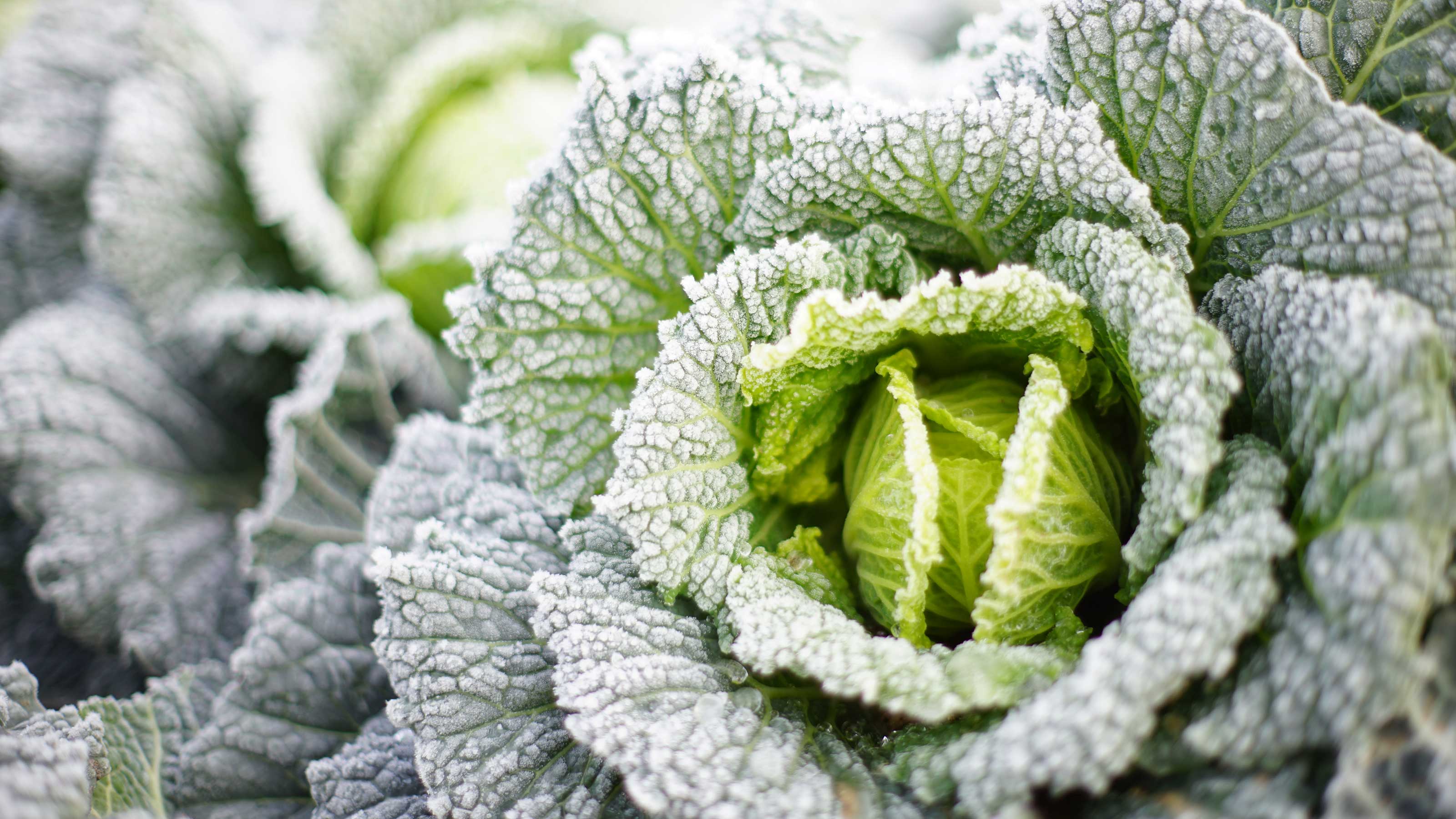

There are lots of winter vegetables to grow to keep your garden's harvest going strong. So, if you love tending to (and eating) your own homegrown crops, there's no need to stop over the cooler season.
Some of the best winter veggies aren't just tasty, but they're beautiful too. Think ruby-hued chard and structural leeks – perfect picks for bringing color and form into your winter garden ideas.
As the gardening experts at The Greenhouse People say, 'Winter doesn't mean it's the end of the growing season. If you've really got into growing your own fruits and vegetables, with all its environmental and health benefits, there are many delicious crops that flourish in the colder months.' And while some will be ready to pick and eat all through winter, you'll be giving others a head start for earlier crops once the weather warms.
10 of the best winter vegetables to grow in your garden
We've rounded up our top winter vegetables to grow, along with plenty of expert advice. Whether you've got a large kitchen garden or just a few planters, you'll find something to suit your space from these picks.
1. Garlic
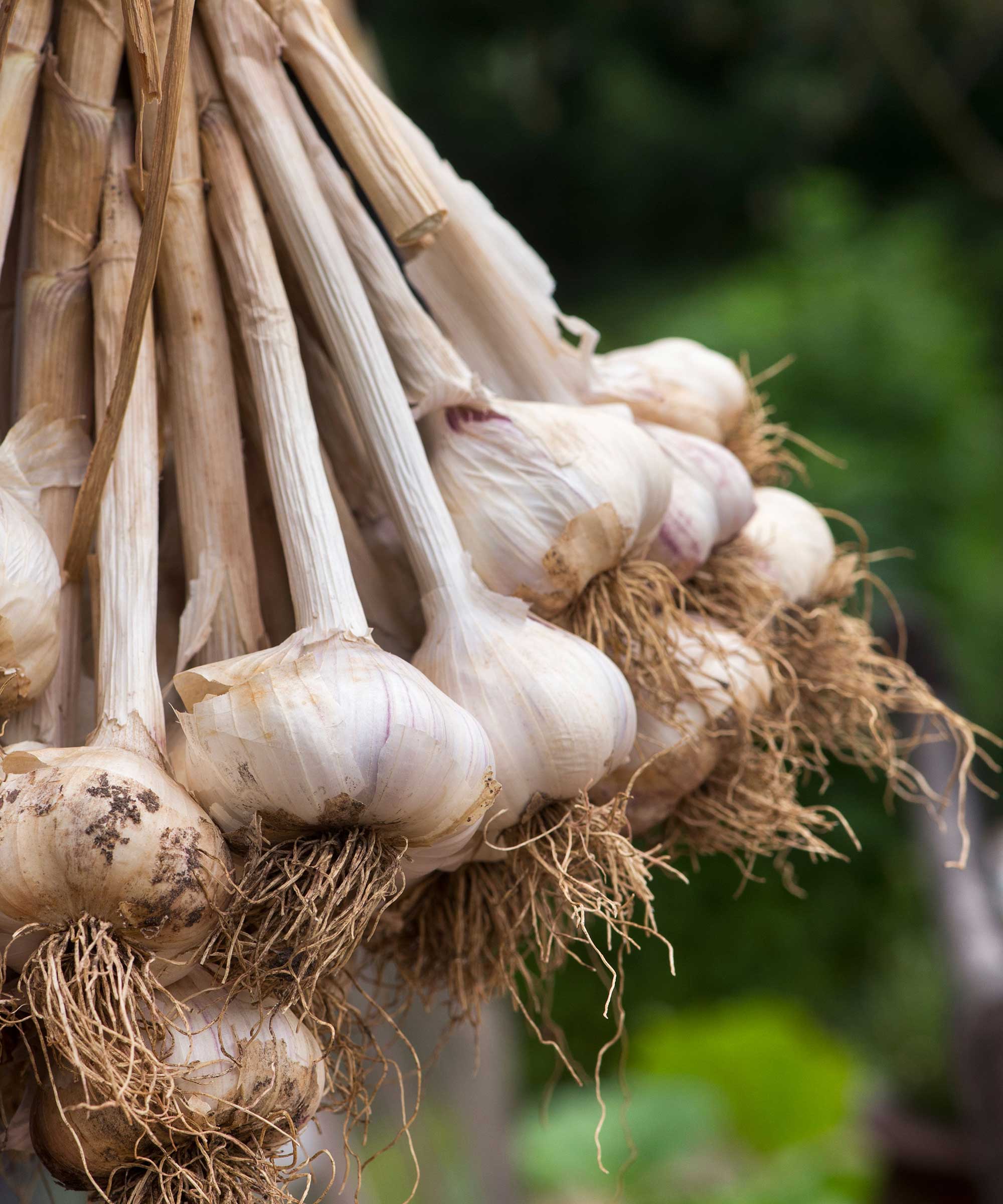
Plant your garlic before winter sets in
Garlic – a staple kitchen ingredient – can be planted in both spring and autumn. But, doing the latter will help you get ahead for next year, plus it will give the bulbs a longer period to bulk up. They'll be ready to harvest by summer.
Samantha Jones, a gardening expert at MyJobQuote suggests planting the 'Extra Early Wight' variety, which is particularly hardy against wintery conditions. You could also try growing 'Elephant' garlic if you're after impressively-sized bulbs.
This crop is simple to look after and suits all sizes of plots. Our guide on how to grow garlic has plenty of tips.
2. Swiss chard
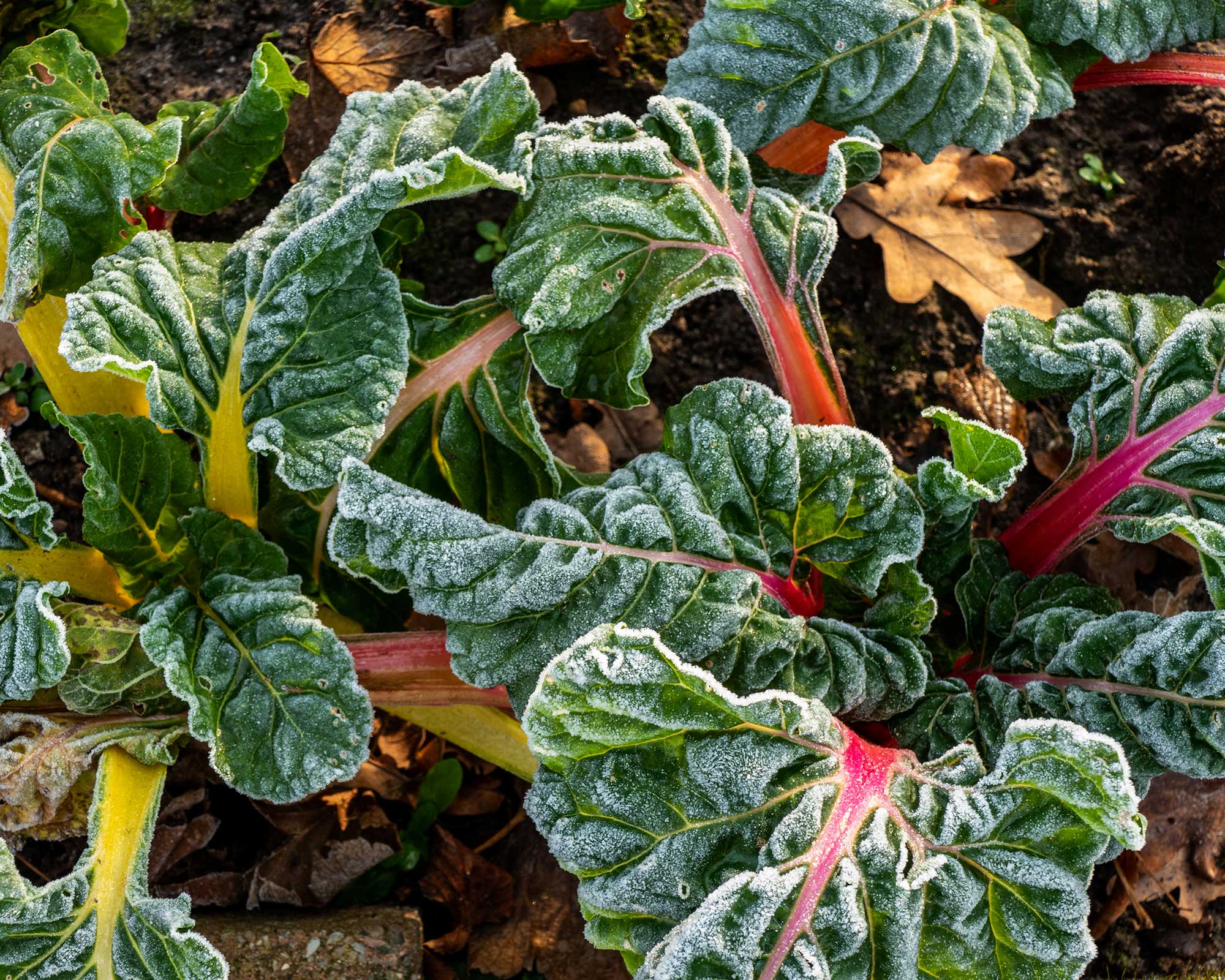
Colorful chard will brighten up the veg patch
A staple of the winter vegetable garden, if you plant Swiss chard out in late autumn, you'll get plenty to pick before Christmas. Then, it will regrow again in time for spring. And if you keep picking them, the leaves will keep coming.
Swiss chard is the best variety for taste, plus you get the added bonus of the lovely yellow and ruby-colored stems that look so pretty in the garden. In fact, as well as in the vegetable patch, you can plant chard in flowerbeds or in containers for your winter patio as a feature in its own right.
3. Romanesco cauliflower
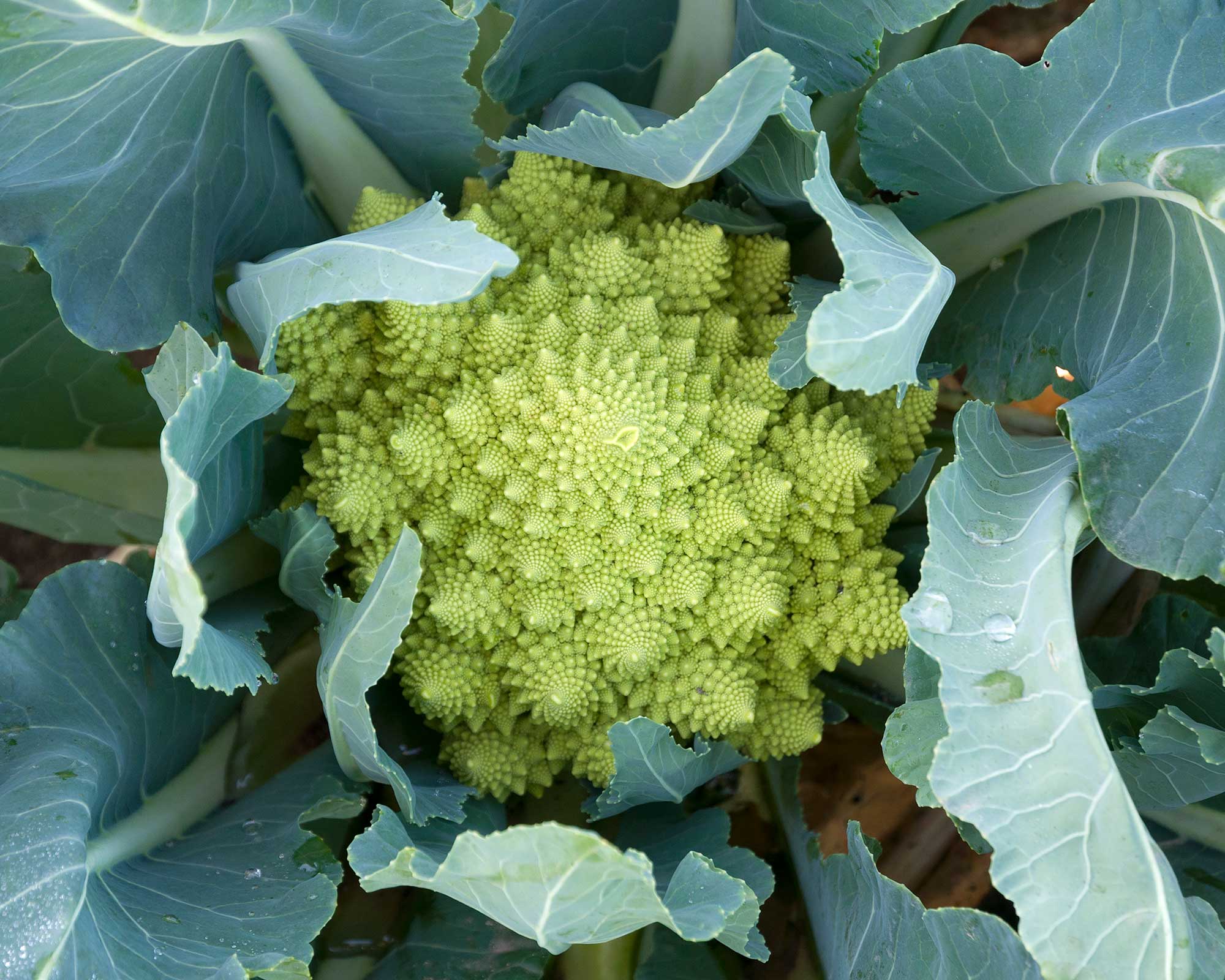
Grow something a little more unusual
This glamorous-looking vegetable looks nothing like its pale cousin. The lime-green heads featuring crinkly whirled florets make an eye-catching addition to the garden.
They're normally ready to harvest from September onwards but will keep going for a while if winters are mild. Plus, you can always give them a bit of added protection with fleece should frosts be forecast.
Pick the flowerheads when they're small and you'll be rewarded with a second crop. Leave them to grow larger and you can enjoy their beautiful shape and color as a feature in themselves before picking them for the pot. 'Veronica' is an excellent choice.
4. Shallots
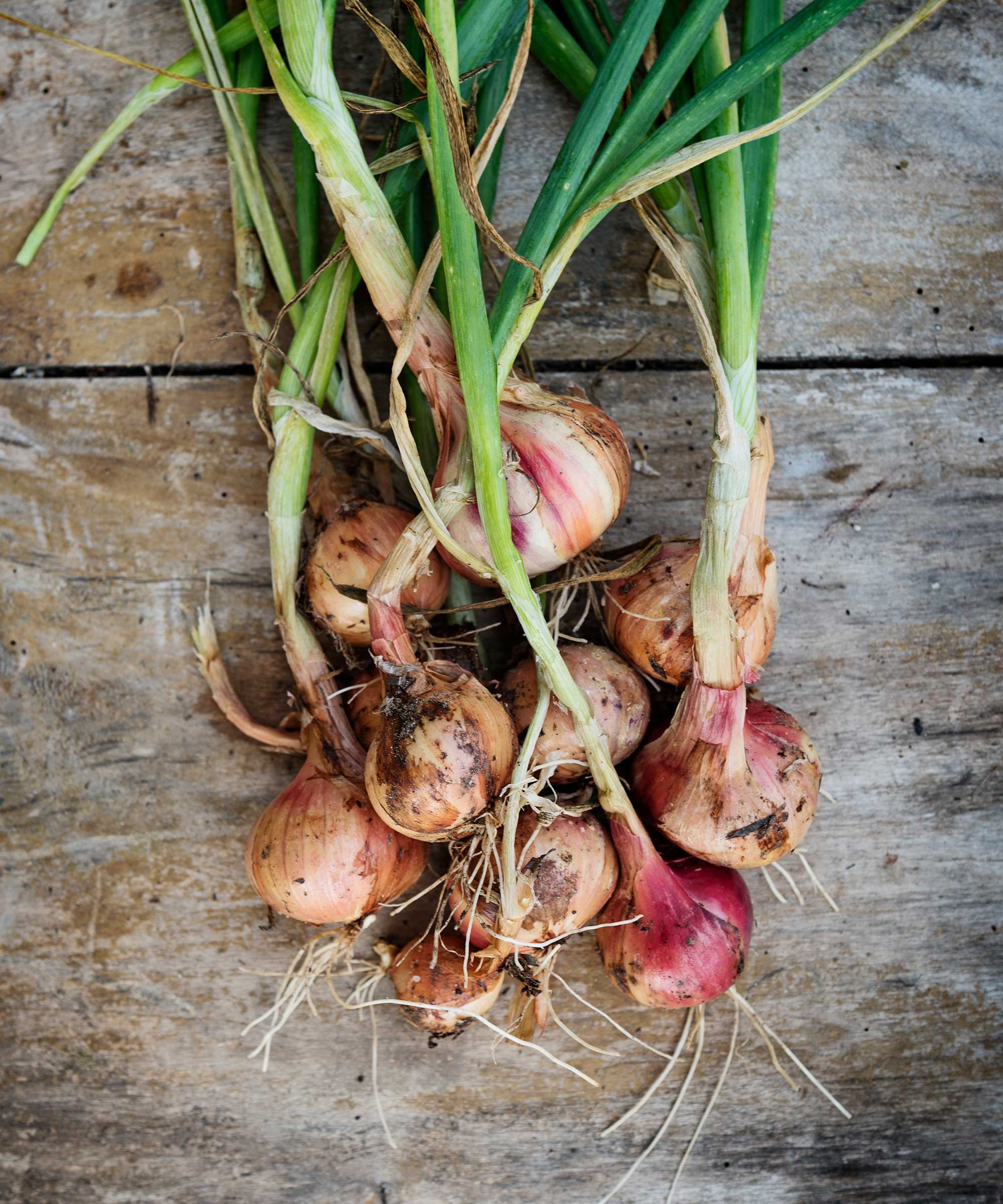
Shallots are smaller and sweeter than onions
Shallots have a sweeter taste than onions, and some can be planted in autumn through to spring. Samantha Jones, a gardening expert at MyJobQuote, recommends the 'Jermor' variety which will tolerate winter weather. And, it's well known for being a reliable cropper.
However, bear in mind that autumn planting is not suitable in heavy soils prone to waterlogging, as the RHS advises. This is because the crop is more likely to succumb to disease.
You could also try your hand at growing onions – our guide is full of advice.
5. Purple sprouting broccoli
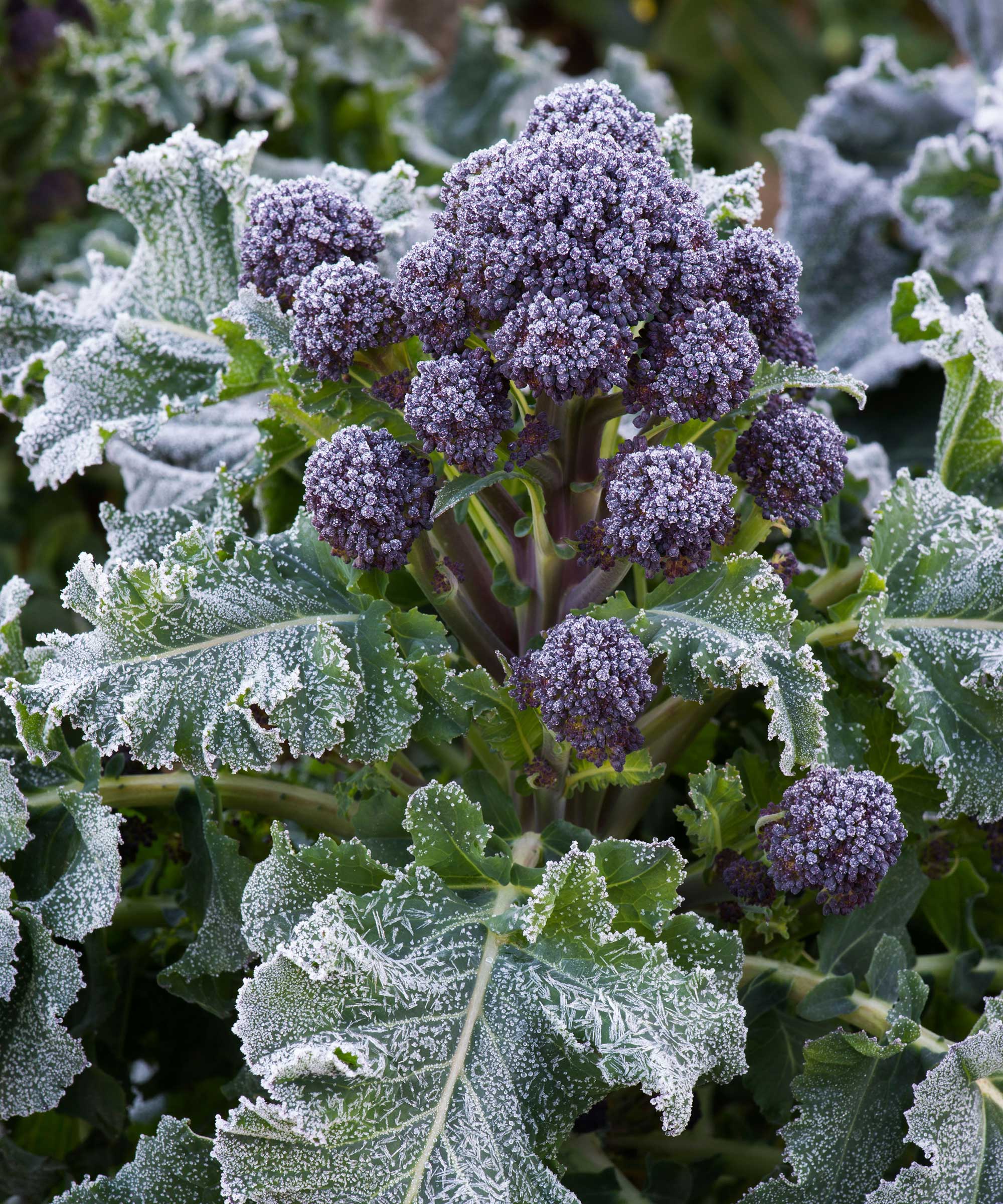
This crop is extremely hardy
There's broccoli and then there's purple sprouting broccoli – and we know which one we prefer! It's one of the most flavorful winter vegetables to grow and some types are hardy down to temperatures of -12C° (10.4°F). It's especially good if you're tight on space because if you keep picking it, the plant will keep on producing. It really earns its place in the patch.
The tall foliage and pretty purple flowerheads make an ornamental addition to the garden too. You can learn more about how to grow winter brassicas with our guide.
6. Cabbages
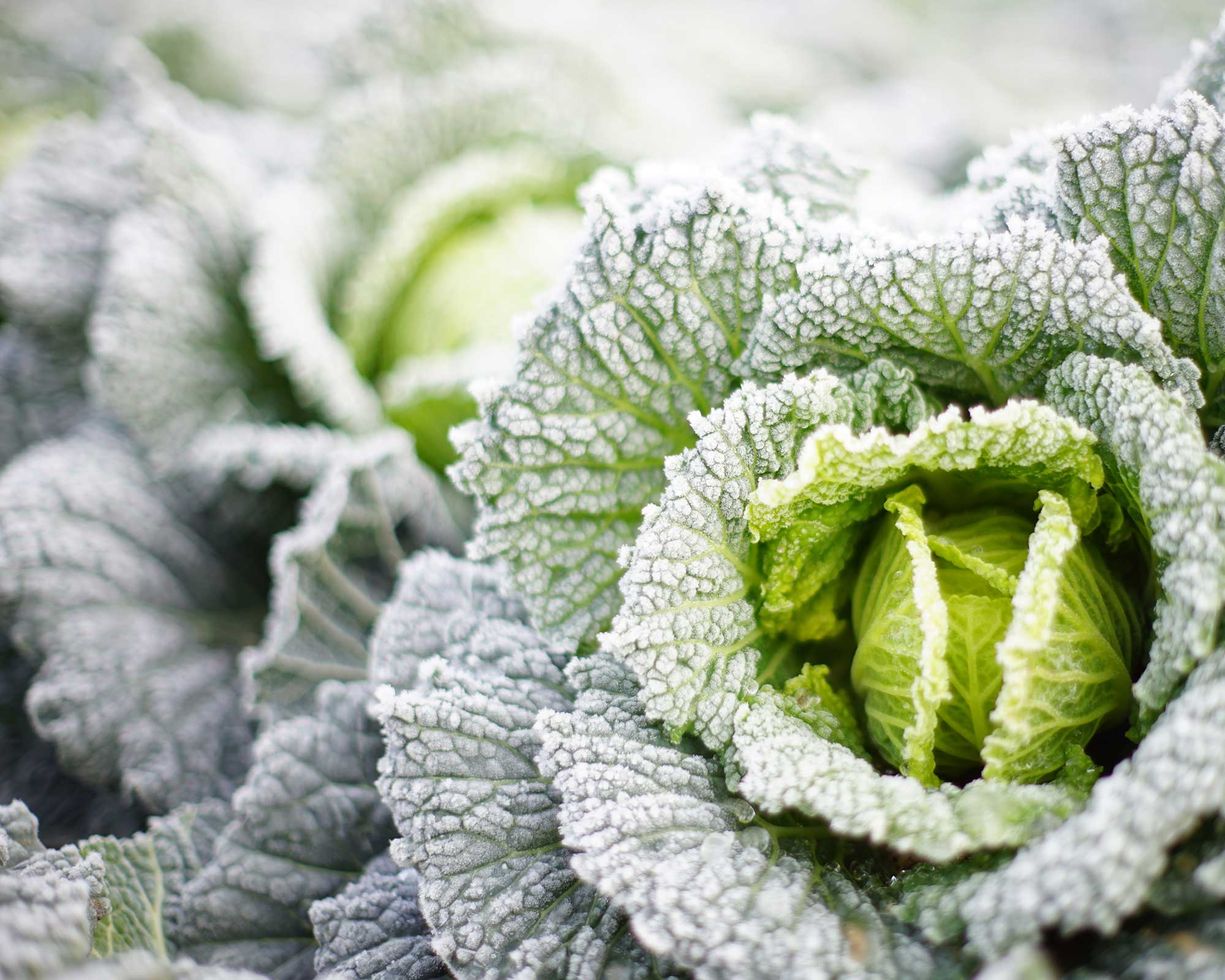
Cabbages are a stalwart of the vegetable garden
The winter vegetable garden loves a cabbage for its decorative qualities as well as being a dependable choice for the kitchen. They come in all shapes and forms, as well as ones grown purely for decorative value that can be potted up in containers for a stunning winter display.
The variety 'January King' has a slight purple tinge to the leaves as well as a good flavor, while red cabbages look and taste great too. Meanwhile, 'Tundra' is a hardy winter savoy type, ready to be harvested from November onwards.
You can learn more about how to grow cabbage with our guide.
- Looking for the best winter plants for pots to add to your seasonal display? Our feature has plenty of top choices.
7. Cavolo nero
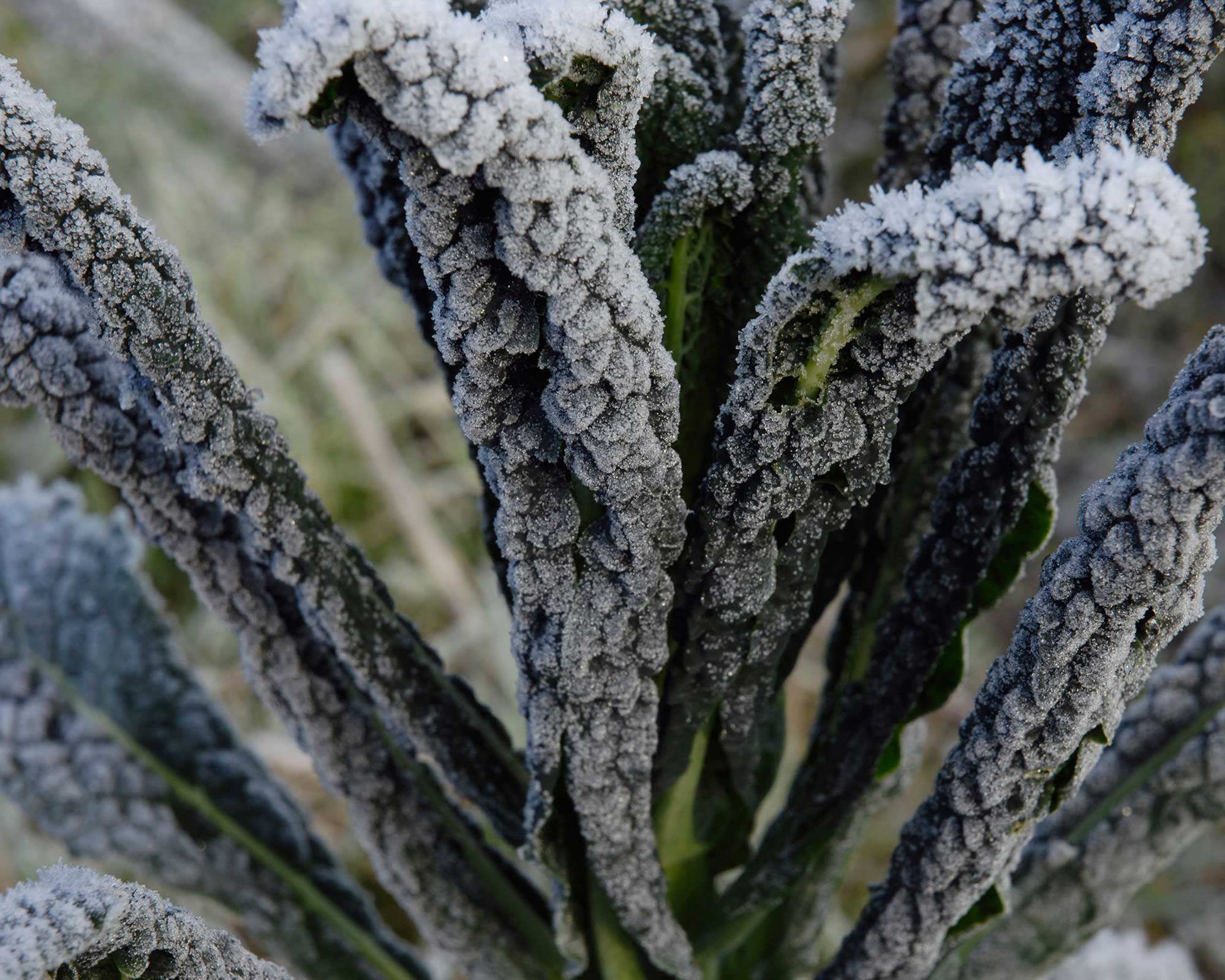
An elegant addition to winter dishes
Also known as black cabbage, the gorgeous, pointy, crinkled, deep-purple-green leaves of cavolo nero look as good in the flower garden as the vegetable garden.
It's super hardy and will withstand freezing temperatures. Sow seeds indoors in early spring before planting out in April, then continue to direct sow until autumn for a longer cropping season. Alternatively, buy young plants from the garden center.
Plant them more closely together if you prefer smaller tender leaves, but they won't look as dramatic.
8. Leeks
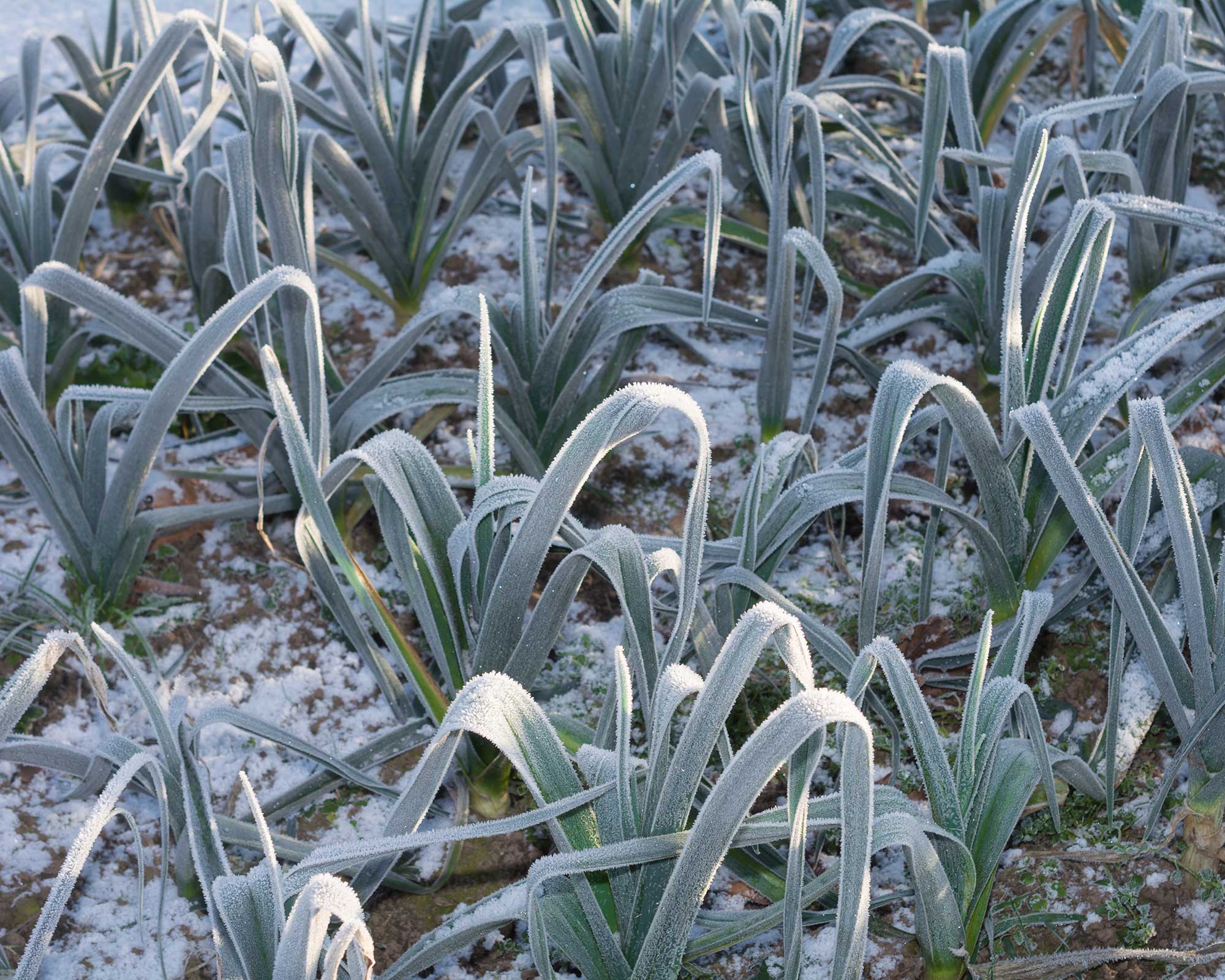
Leeks are a classic winter vegetable
'Leeks are also popular to grow, with hardy varieties such as "Below-Zero" bred for their good resistance to the cold,' says Samantha Jones of MyJobQuote.
They're 'great in a stew and great for your winter garden,' adds the gardening team at Essential Living. And, they're 'likely to survive plunges of temperature to 0°F (that's -17 degrees Celsius).'
Plant them during the cooler weather of early spring and fall, the Essential Living team advises. Space the leeks six inches apart in well-drained, nutrient-rich soil, in a place where they'll get plenty of sun. Adding compost to the soil will help to give them a boost – you can learn all about DIY composting in our guide if you'd like to make your own.
You can find more tips on how to grow leeks with our guide.
9. Brussels sprouts
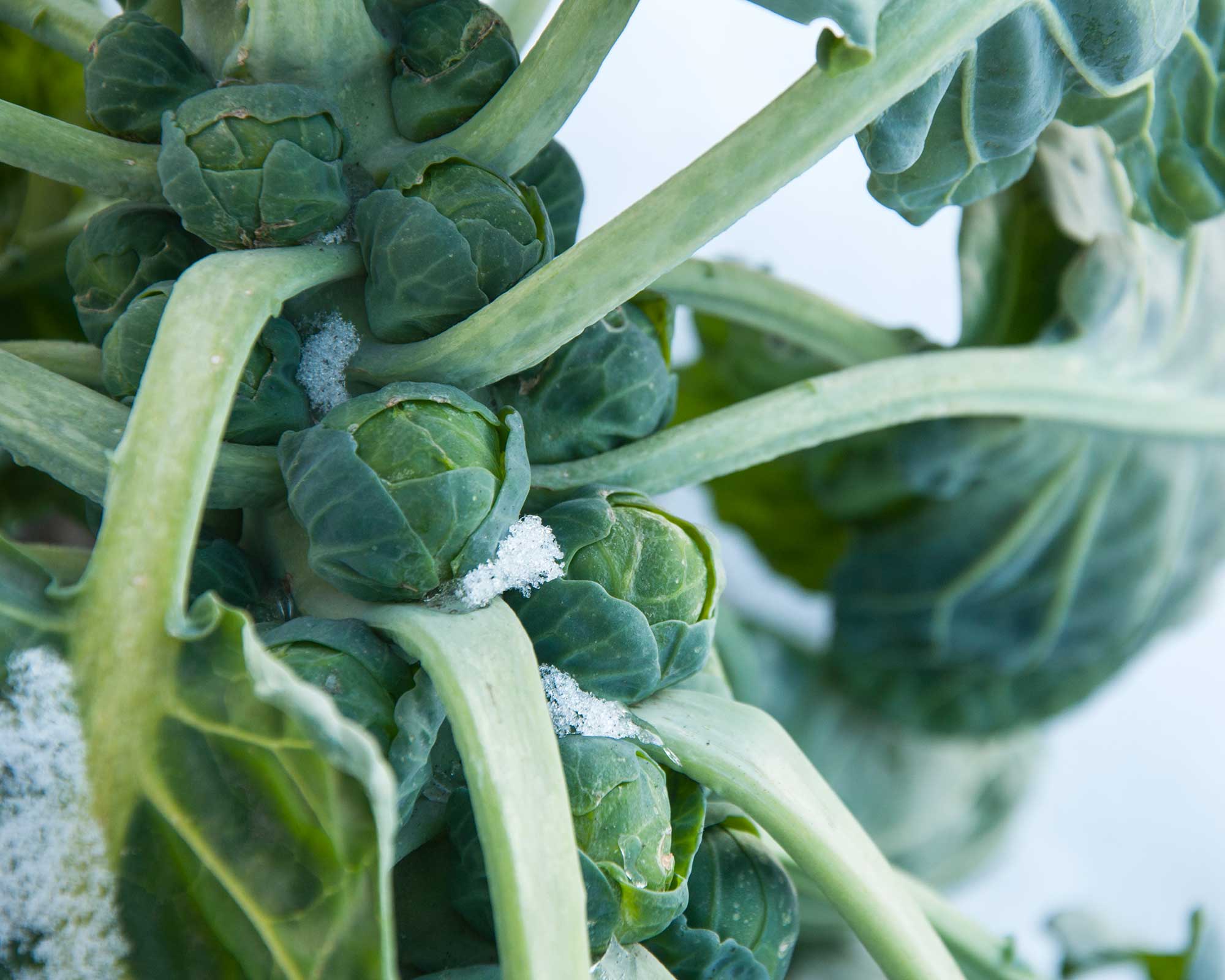
Grow sprouts in time for Christmas dinner
Brussel sprouts will withstand frost, as says the gardening team at Essential Living. In fact, many cultivars actually taste better after they've been through colder conditions.
The RHS recommends sowing the seeds from early March to early April, under cloches or fleece, or in a coldframe. They can be transplanted in mid-May to early June into a sunny position with rich soil that's kept moist. You can learn more about how to grow Brussels sprouts with our guide.
Both 'Brodie' and 'Red Ball' will be ready to harvest from November onwards, with 'Red Ball' offering an attractive splash of purple to the veg patch.
10. Broad beans
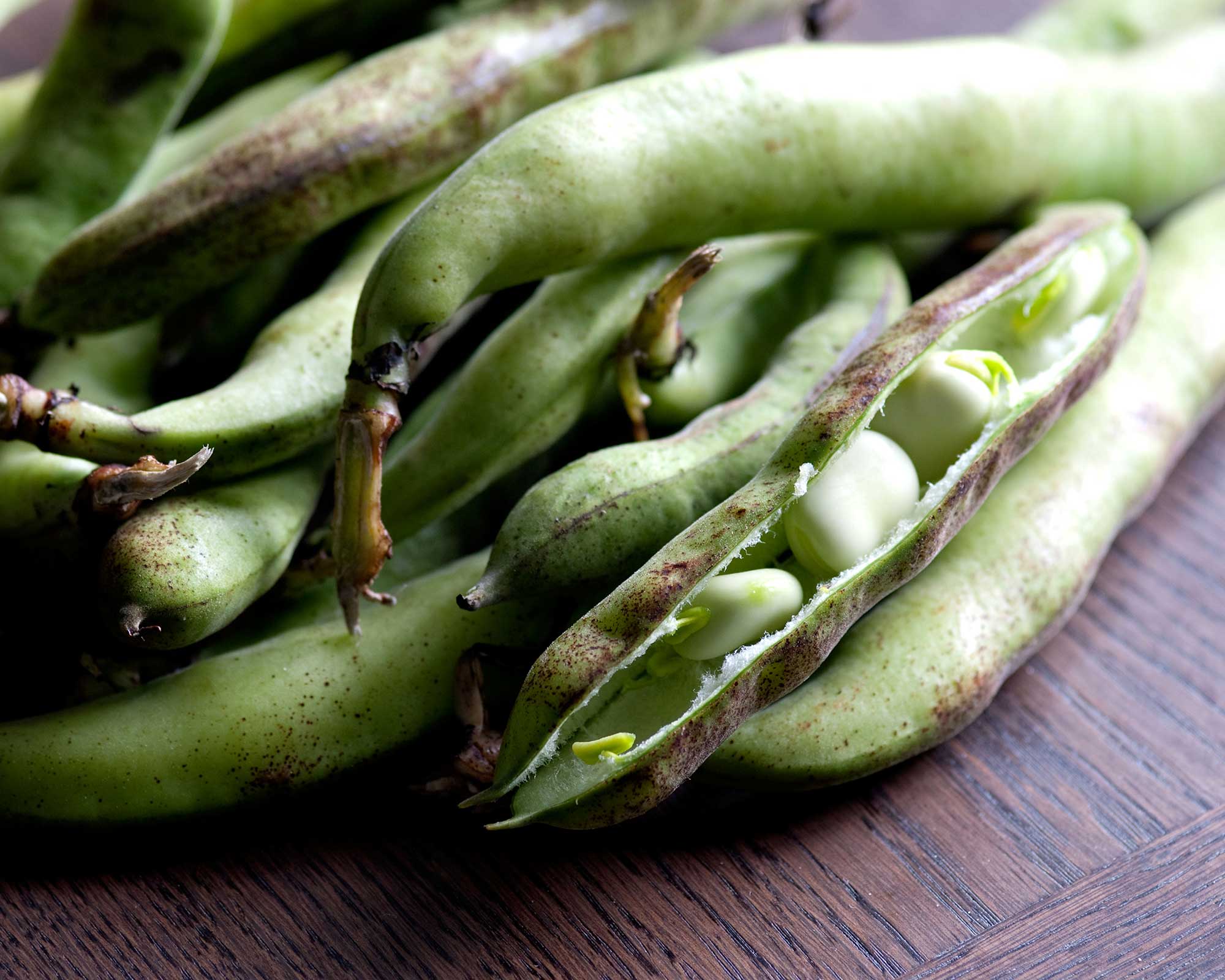
Get your broad beans off to a head start
'If you missed sowing broad beans in autumn, sow some now under glass for an early summer harvest,' says heritage glasshouse manufacturer Hartley Botanic. Sow the seeds 5–8cm (2–3in) apart and 2.5cm (around 1in) deep in trays of multipurpose compost, or singly in small pots.
'Put them in a cool frost-free greenhouse, and "harden off" before planting outdoors in early spring,' they continue. "'The Sutton" and "Robin Hood" are dwarf and ideal for windy sites; "Aquadulce" and "Aquadulce Claudia" are taller, traditional varieties.'
According to the RHS, if you live in milder areas and are planting into a sheltered spot with well-drained soils, you can even sow directly in November and February. Just be sure to protect young plants from frost.
You can find more tips on how to grow broad beans in our guide.
What are the best winter vegetables to grow for small plots?
You can still grow winter veg in a smaller garden, whether that's in a small-sized bed or just a handful of pots.
'On a small patch, top winter vegetables to grow in the garden are "White Lisbon" spring onions and spinach varieties such as "Giant Winter",' suggests Samantha Jones, of MyJobQuote.
'Winter hardy salad leaves such as purslane or lamb's lettuce can be grown too,' she adds. Dwarf broad beans and garlic are other good picks.
You can find more small vegetable garden ideas in our guide.
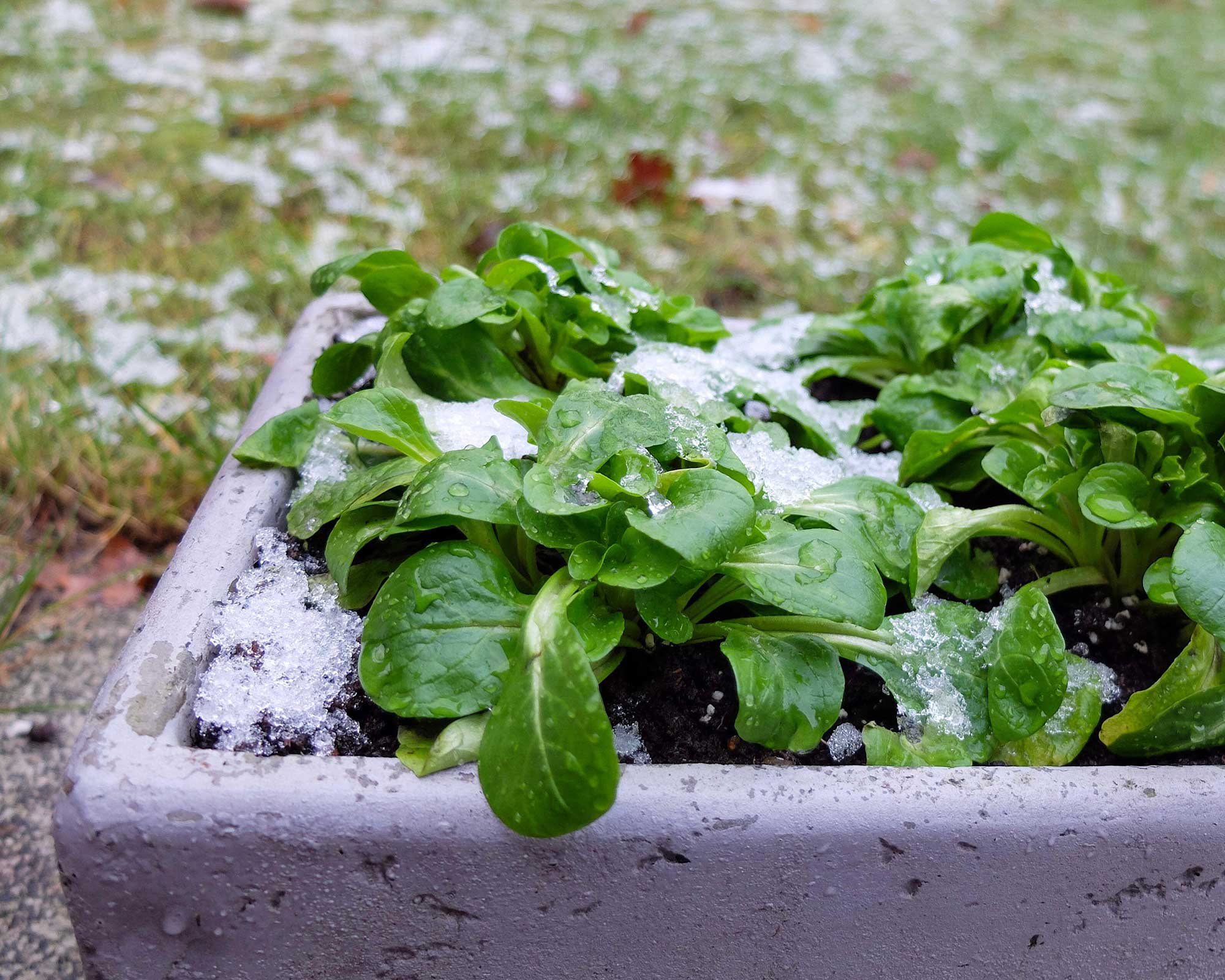
Lamb's lettuce is a good winter pick for small gardens
What vegetables can you grow in a greenhouse over winter?
If you have a heated greenhouse, aubergines can be sown at 18–21°C (65–70°F) late in January in pots or modules of peat-free seed sowing compost in a propagator, as says the team at Hartley Botanic. 'Once the seeds have germinated, grow lights will maintain compact growth.
'Sow summer cauliflowers and make small sowings of onions, radish and early carrots in a cold greenhouse towards the end of January,' they continue. 'Peas, lettuce and radish can be sown in greenhouse borders.'
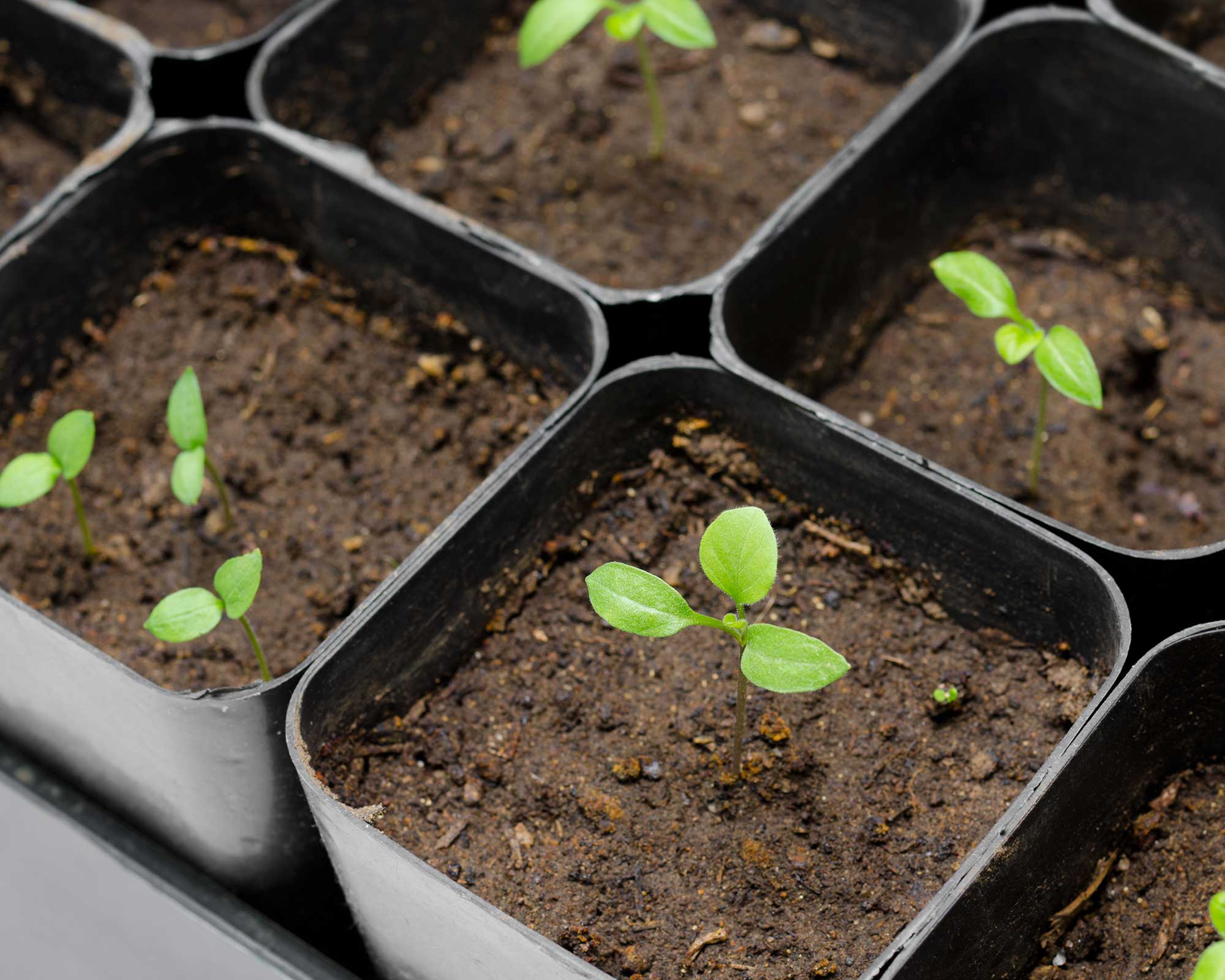
Aubergine seedlings can be started over winter in a heated greenhouse
More top tips for growing winter vegetables
'Whether you're planting in the ground, a raised bed, or a large container, make sure the soil or compost is free draining,' says Samantha Jones of MyJobQuote. 'This will prevent roots becoming waterlogged and dying off.'
Although some winter veggies are hardy, others might need a little help against very cold weather, so do your research before selecting your varieties. 'Depending on what you plant, you may need some protection from frosty conditions. A cloche or fleece may prove useful for this,' Samantha says. You can find more tips on how to protect plants from frost in our guide.
Another winter garden job in terms of your veg patch is to start thinking about the year ahead. 'To allow for a good rotation of crops, start planning next year's vegetables,' advises garden expert Sarah Raven. 'It's important to not grow the same type of crops on the same ground each year, as this can cause a build-up of pests and diseases. Move them around each year so the same group isn't in the same area for more than one season.'

The garden was always a big part of Holly's life growing up, as was the surrounding New Forest where she lived. Her appreciation for the great outdoors has only grown since then. She's been an allotment keeper, a professional gardener, and a botanical illustrator – plants are her passion.
